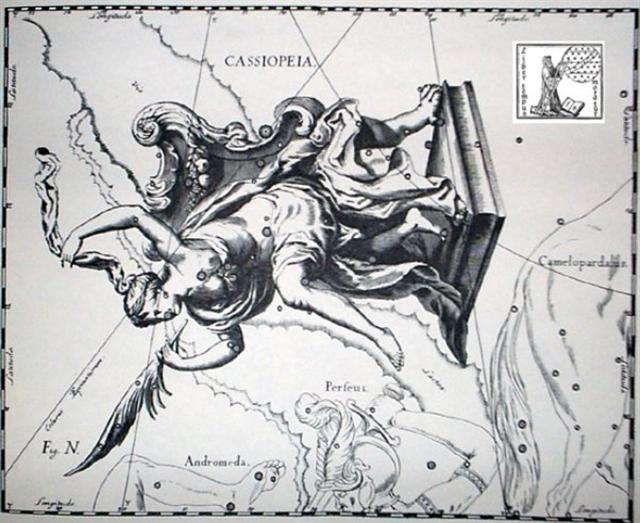|
RIGEL
In my early childhood I found it very strange to hear that people on the other side of the globe were standing upside down, and I still find it so. The force of gravitation held them down they said. But down was in the opposite direction as compared to us. Maybe people could fly like birds in the center of the earth, I thought.
... Atea then became the wife of Rua-tupua-nui, Source of Great Growth, and they became the parents of all the celestial beings, first the shooting stars, then the Moon and the Sun, next the comets, then the multitude of stars and constellations, and finally the bright and dark nebulae. When this tremendous task had been accomplished Atea took a third husband, Fa'a-hotu, Make Fruitful. Then occurred a curious event. Whether Atea had wearied of bringing forth offspring we are not told, but certain it is that Atea and her husband Fa'a-hotu exchanged sexes. Then the eyes of Atea glanced down at those of his wife Hotu and they begat Ru. It was this Ru who explored the whole earth and divided it into north, south, east, and west ...
But even as viewed from a position on Easter Island (south of the equator) the star named Rigel in Orion - there was also a Rigel star in Centaurus and in the Virgo constellation there was Rijl al Awwa, the Foot of the Barker - ought ideally to be observed to return to visibility late at night after 16 days earlier having bathed in the blinding rays from the morrning Sun. The diurnal cycle was the same south of the equator, on the other side of the earth. ... Like the sun, chiefs of the highest tabus - those who are called 'gods', 'fire', 'heat', and 'raging blazes' - cannot be gazed directly upon without injury. The lowly commoner prostrates before them face to the ground, the position assumed by victims on the platforms of human sacrifice. Such a one is called makawela, 'burnt eyes' ... ... When the new moon appeared women assembled and bewailed those who had died since the last one, uttering the following lament: 'Alas! O moon! Thou has returned to life, but our departed beloved ones have not. Thou has bathed in the waiora a Tane, and had thy life renewed, but there is no fount to restore life to our departed ones. Alas ... ... He felt himself humiliated, though not disagreeably so, at finding that his informant regarded fire and water as complementary, and not as opposites. The rays of light and heat draw the water up, and also cause it to descend again in the form of rain. That is all to the good. The movement created by this coming and going is a good thing. By means of the rays the Nummo draws out, and gives back the life-force. This movement indeed makes life ...
I.e. ideally Rigel Orionis should return to visibility late at night in June 7 (158, *78) + 16 = 174 (June 23) - viz. in the day before the day of St John, the Baptist (*95).
And this would occur before the rest of the main part of the great hunter would become visible:
... This Hercules is male leader of all orgiastic rites and has twelve archer companions, including his spear-armed twin, who is his tanist or deputy. He performs an annual green-wood marriage with a queen of the woods, a sort of Maid Marian. He is a mighty hunter and makes rain, when it is needed, by rattling an oak-club thunderously in a hollow oak and stirring a pool with an oak branch - alternatively, by rattling pebbles inside a sacred colocinth-gourd or, later, by rolling black meteoric stones inside a wooden chest - and so attracting thunderstorms by sympathetic magic ... ... In South America, the Sherente Indians associate the star χ in Orion (Asare) with the sun and with thirst, while the moon was associated with the Pleiades (Sururu) ... Thus Rigel was not perceived as far down (space) in Orion. Instead Rigel was up early (time):
And the distance from the Pleiades (M45 → 360 / 8) to Rigel was significantly *78 - *56 = *22 (→ π) right ascension days. ... About Carmenta we know from the historian Dionysus Periergetis that she gave orcales to Hercules and lived to the age of 110 years. 110 was a canonical number, the ideal age which every Egyptian wished to reach and the age at which, for example, the patriarch Joseph died. The 110 years were made up of twenty-two Etruscan lustra of five years each; and 110 years composed the 'cycle' taken over from the Etruscans by the Romans. At the end of each cycle they corrected irregularities in the solar calendar by intercalation and held Secular Games. The secret sense of 22 - sacred numbers were never chosen haphazardly - is that it is the measure of the circumference of the circle when the diameter is 7. This proportion, now known as pi, is no longer a religious secret; and is used today only as a rule-of-thumb formula, the real mathematical value of pi being a decimal figure which nobody has yet been able work out because it goes on without ever ending, as 22 / 7 does, in a neat recurring sequence [3.142857142857 ...]. Seven lustra add up to thirty-five years, and thirty-five at Rome was the age at which a man was held to reach his prime and might be elected Consul ...
... They went on and came to Tama. They looked around and said, 'This is Tama.' They gave the name 'Tama, an evil fish (he ika kino), a very long nose (He ihu roroa).' Again they went on and came to One Tea. They saw it, looked around, and gave the name 'One Tea A Hau Maka'. Then they went on and came to Hanga Takaure. There they gave the name 'Hanga Takaure A Hau Maka'. They made camp and rested at the Bay of Flies for a week (etahi pohitu). On the eighteenth day of the month of July ('Anakena'), they went on from Hanga Takaure ... [E:23]
Let us now continue by taking a look at that part of the C text which is preceding glyph number 261 (Ca10-6) with 22 + 3 (↔ only cold food served) = 25 days. Because 261 - 22 + 3 = 242 → 2 * 121 → the Breast of Cassiope(i)a. Words must carry meaning, otherwise they will soon be forgotten.
|


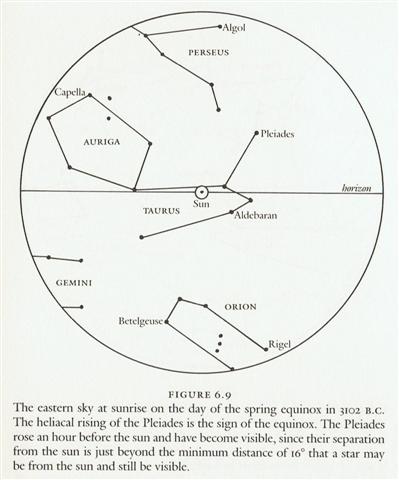



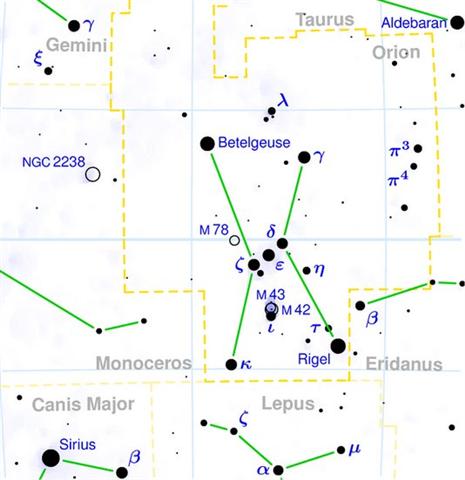
.jpg)
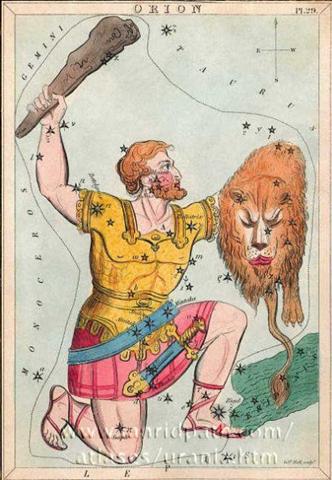
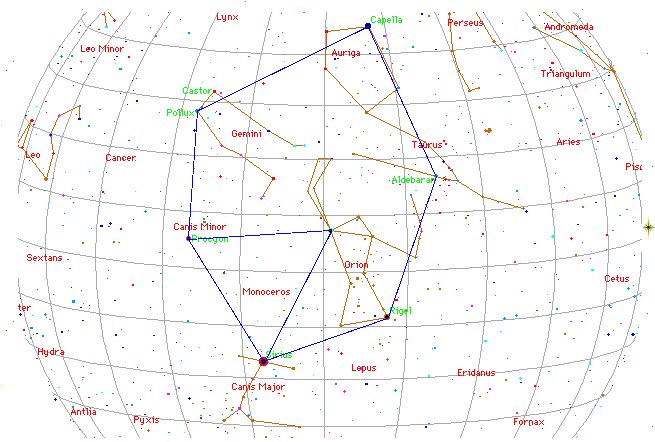

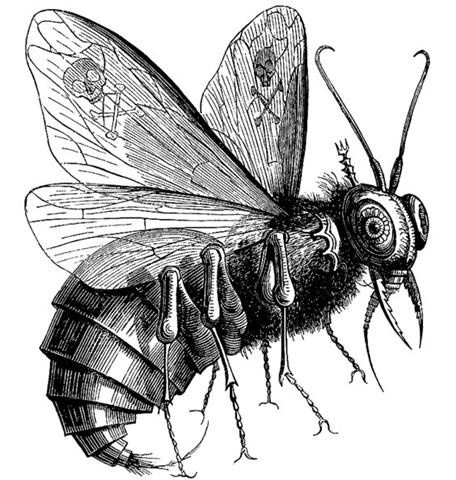

.jpg)
